2026-01-08T16:00:00-08:00
* WHAT...Heavy snow possible. Total snow accumulations between 2 and 3 feet possible. Winds could gust as high as 35 mph. * WHERE...Stevens Pass, Holden Village, and Stehekin. * WHEN...From late Monday night through Thursday afternoon. * IMPACTS...Roads, and especially bridges and overpasses, could become slick and hazardous. Travel could be very difficult to impossible. The hazardous conditions could impact the Tuesday morning and evening commutes. * ADDITIONAL DETAILS...Snow rates approaching one inch per hour will possible Tuesday afternoon and evening.
Summary
The headwaters of the river begin in the North Cascades National Park and includes all of its tributaries up to its confluence with Bridge Creek.
The ideal streamflow range for the Whitewater River Run is between 1,000-5,000 cubic feet per second (cfs). This range provides enough water to create thrilling rapids while still ensuring the safety of paddlers. The river is rated as a Class III-IV, which means that it has moderate to difficult rapids with significant drops and obstacles. It is recommended for experienced paddlers and those who have completed a whitewater safety course.
The segment mileage of the Whitewater River Run varies depending on the route taken. The most popular section is the 8-mile stretch between the Skagit River and the town of Marblemount. This section includes numerous rapids, such as Railroad Rapid and Pipeline Rapid, which offer an exciting challenge to paddlers.
There are specific rapids and obstacles to be aware of when navigating the Whitewater River Run. For example, Fangs Rapid is known for its series of sharp rocks that can damage equipment. Additionally, paddlers should be cautious of wood debris that can accumulate in the river and avoid the large boulders in Boulder Alley.
There are specific regulations in place to ensure the safety of all those who use the Whitewater River Run. For example, all paddlers are required to wear a US Coast Guard-approved personal flotation device (PFD) and a helmet. Additionally, there are restrictions on the use of motorized watercraft and on the placement of anchors in the river.
Overall, the Whitewater River Run offers an exciting and challenging experience for whitewater enthusiasts. With its ideal streamflow range, class rating, segment mileage, and specific rapids and obstacles, it is a must-visit destination for experienced paddlers. However, it is important to follow all regulations and safety guidelines to ensure a safe and enjoyable trip.
River Run Details
| Last Updated | 2026-01-03 |
| River Levels | 3790 cfs (21.56 ft) |
| Percent of Normal | 125% |
| Status | |
| Class Level | iii-iv |
| Elevation | ft |
| Run Length | 15.0 Mi |
| Streamflow Discharge | cfs |
| Gauge Height | ft |
| Reporting Streamgage | USGS 12451000 |
Weather Forecast
Nearby Streamflow Levels
Area Campgrounds
| Location | Reservations | Toilets |
|---|---|---|
 McAlester Lake Camp
McAlester Lake Camp
|
||
 McAlester Lake Stock Camp
McAlester Lake Stock Camp
|
||
 McAlester Lake
McAlester Lake
|
||
 Bowan Camp
Bowan Camp
|
||
 Bowan
Bowan
|
||
 Hidden Meadows
Hidden Meadows
|


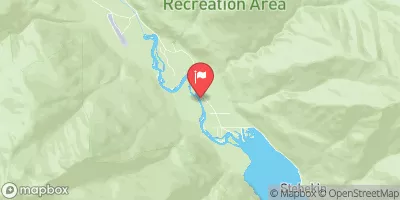
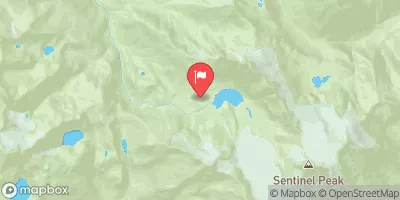
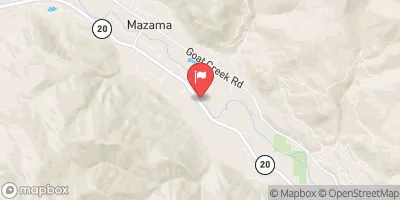
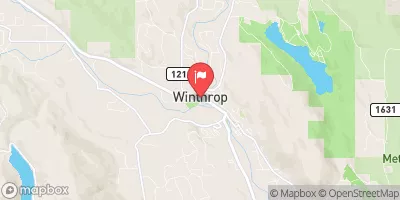
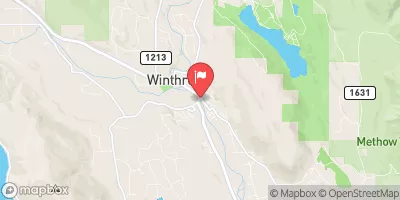
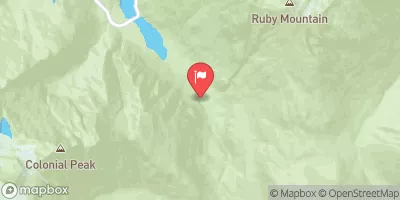
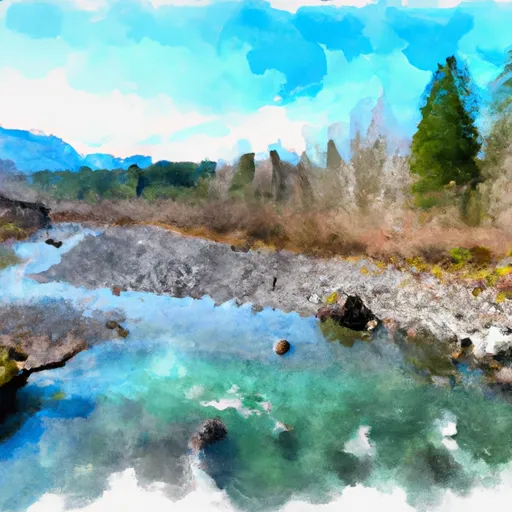 Headwaters And Includes All Tributaries To Confluence With Bridge Creek
Headwaters And Includes All Tributaries To Confluence With Bridge Creek
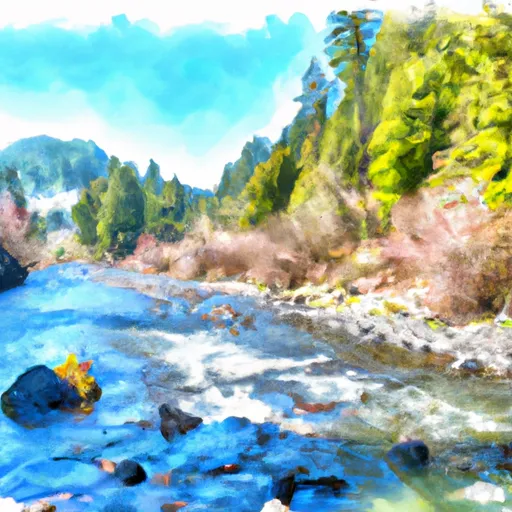 Headwaters And Includes All Tributaries To Confluence With Mcalester Creek
Headwaters And Includes All Tributaries To Confluence With Mcalester Creek
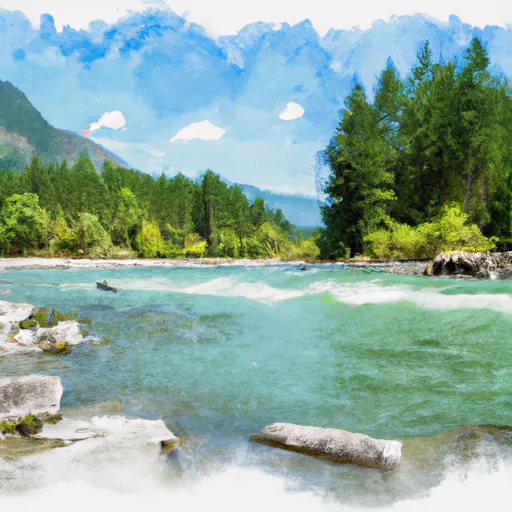 Boundary Of The North Cascades National Park To Ends 1/4 Mile Upstream Of The Confluence With The Stehekin River
Boundary Of The North Cascades National Park To Ends 1/4 Mile Upstream Of The Confluence With The Stehekin River